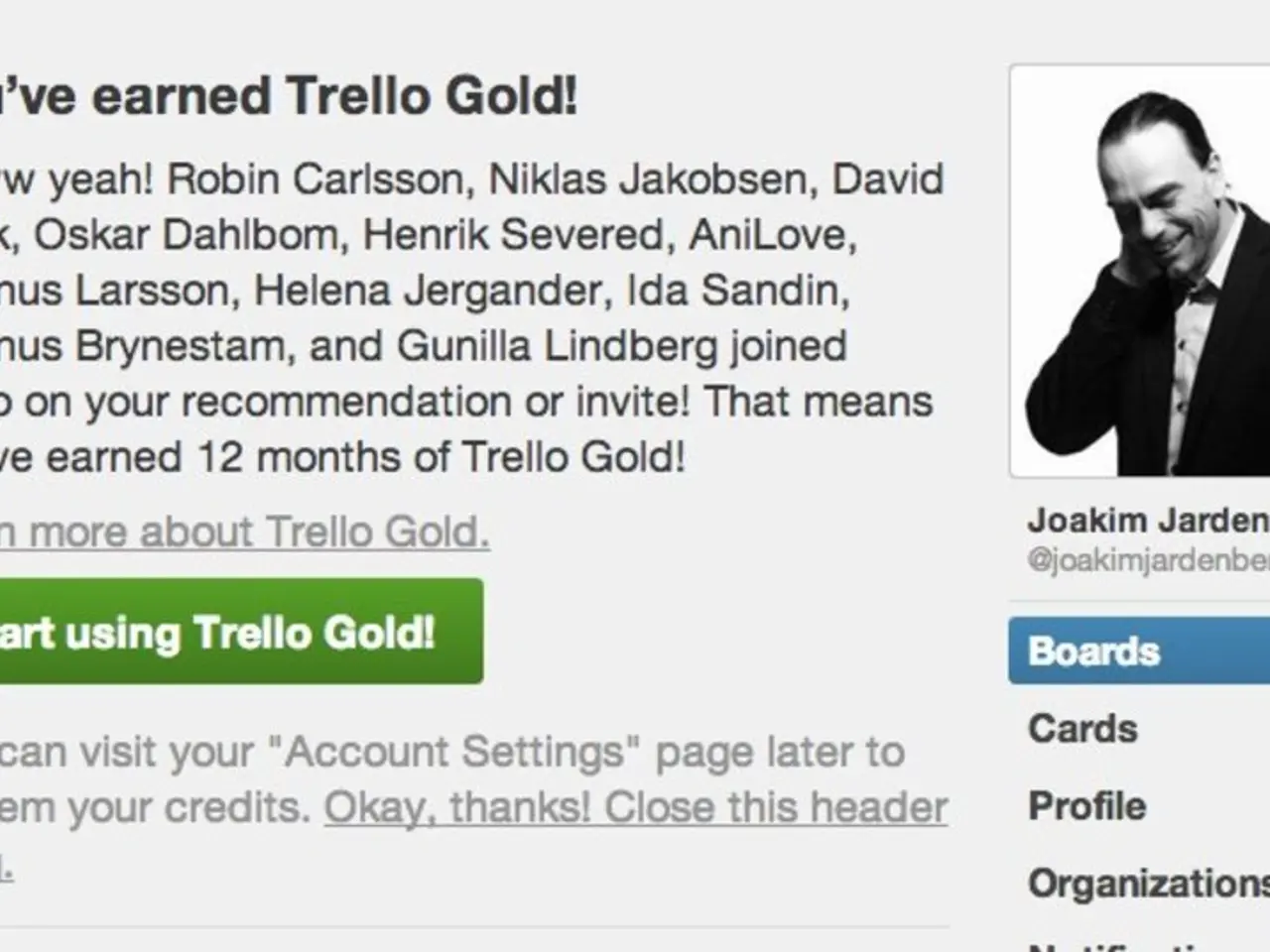Strategies for Individualizing Website Experience to Boost User Interaction
In the digital age, understanding and catering to the needs of your audience is crucial for a successful online presence. Effective website personalization strategies can significantly boost user engagement and drive results by tailoring the user experience to individual preferences and behaviors. Here's a step-by-step guide to implementing these strategies.
1. **Crawl-Walk-Run Approach**: Start small, learn from early results, and then scale your personalization efforts. This incremental approach helps in understanding what works best for your audience.
2. **Map the Customer Journey**: Analyze how users move through your site using tools like heatmaps and session recordings to identify friction points and moments of high engagement. This data helps in creating personalized experiences that are relevant and timely.
3. **Segment by Intent**: Instead of just demographics, segment users based on their intent (e.g., first-time visitor, deal hunter). This allows you to serve content and offers that match their current needs, making the experience more relevant.
4. **Use Dynamic Content and Smart CTAs**: Display content that changes based on the visitor's past interactions or current needs, and use buttons or banners that adjust their wording or destination based on the viewer's attributes.
5. **Identify Campaign Gaps and Journey Drop-offs**: Look for areas in your marketing campaigns where personalization can improve results, such as enhancing landing page messaging, improving conversion rates, and reducing bounce rates from specific traffic sources.
6. **Leverage Data and Technology**: Use your martech stack to collect and analyze data that helps identify and target specific segments. Tools like Webflow can help integrate personalization with audience segmentation based on intent, engagement, or traffic source.
7. **Test and Refine**: A/B test different personalization elements to see what works best for your audience. Continuously refine your strategies based on feedback and performance data.
Examples of effective personalization include Airbnb, which tailors landing pages for potential hosts based on location-specific earning potential, and Ridge Wallet, which uses demographic-specific messaging to appeal directly to targeted segments.
Effective personalization requires understanding your audience's behaviors, needs, and expectations, and using data-driven insights to create a more engaging and relevant user experience. Segmenting users allows for more personalized website content and offers, catering to new visitors, returning visitors, and loyal customers differently. A/B testing can help evaluate different strategies to see what resonates most with the audience, ensuring continued evolution of the website personalization strategy.
Behavioral triggers can lead to higher engagement and conversion rates by offering discounts or reminders based on user behavior. Analytics platforms can provide insight into user behavior, such as pages visited, navigation patterns, and preferred content. Personalizing a website can lead to increased user engagement and longer page time.
AI chatbots can enhance personalization by offering real-time, tailored support and personalized product recommendations. Regular testing and refining of website personalization strategies ensures that engagement levels remain high and the site remains engaging for visitors. Behavioral triggers can personalize a user's web experience in real time, responding to specific actions taken by a visitor on the site. AI chatbots learn from user behavior to refine their suggestions and improve the website experience.
Personalizing a site involves creating a personalized experience that feels relevant and engaging, focusing on audience needs, using dynamic content, and implementing behavioral triggers. Custom Call-to-Actions (CTAs) can increase engagement by using messages that relate to the user's actions or preferences. Understanding the needs and preferences of website visitors is crucial for successful personalization.
- Employing a Crawl-Walk-Run Approach in your personalization strategy can help you understand what works best for your audience by starting small, learning from early results, and then scaling your efforts.
- For a more effective website personalization, consider using AI technology to power your chatbots, offering real-time, tailored support and recommendations that cater to individual user preferences.
- To drive results and boost user engagement, segment your audience not only by demographics but also by intent, such as first-time visitors or deal hunters.
- Personalize your website to create a captivating lifestyle experience that resonates with users by employing dynamic content and smart CTAs that adjust according to the visitor's past interactions or current needs.
- Improve your marketing campaigns and user engagement by using data from analytics platforms to better understand user behavior, and employing behavioral triggers to offer discounts or reminders based on user actions.
- Utilize your martech stack to collect and analyze data, and use tools like Webflow to integrate personalization with audience segmentation based on intent, engagement, or traffic source.
- Engage users through personalized marketing by continually refining your strategies based on performance data, feedback, and A/B testing different elements to see what resonates most with your audience.




